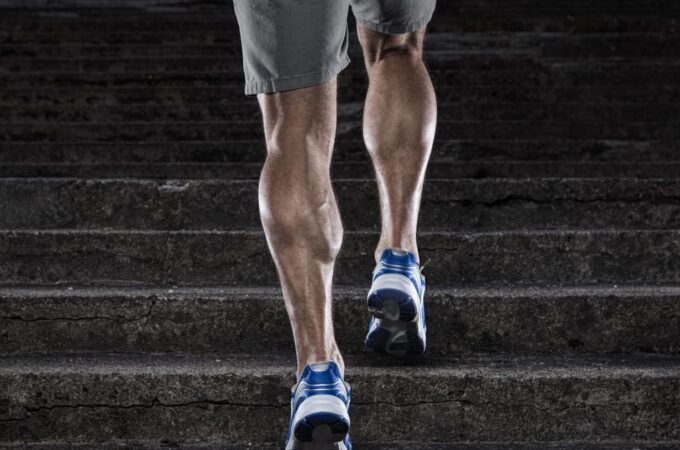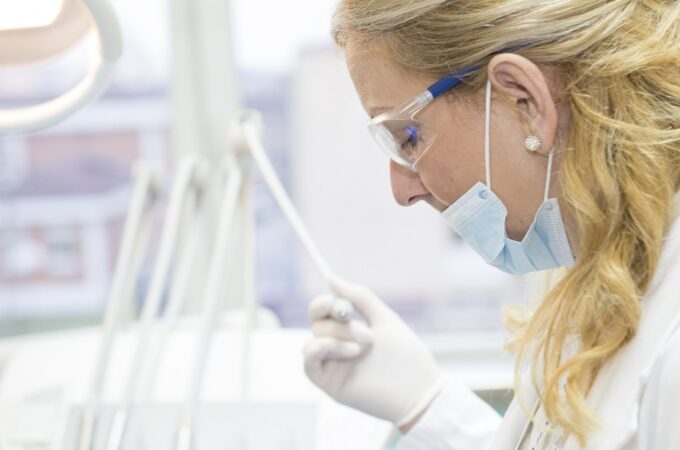
Why Investing in AED Wall Mounting Kits?
Sudden cardiac arrest is one of the most common causes of death worldwide, with 350,000-700,000 cases in Europe and over 356,000 cases occurred outside hospitals in the US every year [1]. It is typically the result of latent heart conditions. Among them, the most significant are ventricular fibrillation (VF) and ventricular tachycardia (VT). These conditions arise in the heart lower chambers when ventricles cannot pump enough blood to meet the body’s needs.
An individual struck by cardiogenic shock collapses and suffers severe shortness of breath. Medical professionals suggest the utilization of automated external defibrillator (AED) before cardiopulmonary resuscitation (CPR). AEDs primary function is to deliver electric shocks to defibrillate the heart. Considering their importance in the event of emergencies, it is necessary to have them installed in public facilities and held related training sections.
AEDs should always be accessible. This can be achieved by having them placed on easily approachable walls in public spaces to let everyone take them if necessary.
Here below are presented 5 reasons why installing AED wall mounting kits:
1. Make the AED Quickly Accessible
Cardiac arrests happen unexpectedly in most cardiac patients, even in those where verified latent conditions are stable [2]. Just by considering the United States statistics, we find out that each year the vast majority of the deaths (approximately 90%) take place outside of medical facilities. Therefore, it has become imperative to give the public access to AEDs.
As a matter of fact, there are already numerous public areas with these devices. They are firmly positioned using wall brackets, easily reachable by anyone in need. Wall brackets neglected maintenance could cost people’s lives.
Medical device and solution supplier Mindray provides multiple choices of AED devices including the BeneHeart C series and BeneHeart D1, as well as a complete range of accessories including AED wall brackets.
2. Keep the AED in Optimal Condition
It is essential to run periodical maintenance checks to verify the wall bracket upkeep to prevent them from malfunctioning during cardiac arrest treatment. Dust and other elements can hinder equipment performance, slowing emergency care procedures.
In many companies’ offers, wall mounting kits are not included. Instead, if you are interested in buying them for your facility, you will have to pay additional costs. However, the extra expenses are well justified to preserve the machinery in optimal condition.
Preferably AED devices are to be kept within everyone’s sight, making sure to avoid placing them inside a locker or other unpractical place.
3. Keep the AED far from Children’s Reach
Despite the necessity to keep the AEDs accessible, they are classified as medical equipment. Therefore, it’s better not to be left within reach of children who may improperly use them.
Thanks to adequately maintained wall units, defibrillators can be safely set in public areas at the appropriate height on the walls, be easy to accessed by adults, and out of children’s grasp.
4. Alert Everyone of Emergencies
Mindray has implemented AED cabinets that comes with alarms. Once the AED is removed from the wall unit, the alarm sets off, alerting of the emergency situation the facility personnel and people passing by.
5. Timely Find the AED

Studies have shown that chances of survival due to sudden cardiac arrests decrease roughly by 10% for each minute that defibrillation is not performed [3]. This condition is originated from ventricular fibrillation and ventricular tachycardia that may develop into sudden cardiac arrests, which can permanently damage a person’s heart and then other organs. The primary concern is to carry out with the defibrillation without delays.
Timely using AEDs is vital to saving people’s lives. They may be found in many public areas located in easily accessible wall units or cabinets recognizable from bright colored labels. Labels indicate the presence of AED in the area.
Conclusion
United States hospitals, report about 200,000 cardiogenic shock cases each year, of which only 24% of the patients survive [4]. Doctors promote AEDs as the most effective measure against sudden cardiac arrests in public space. AED save lives, and wall mounting kits serve the vital purpose of making emergency tools ready and available to everyone.
References:
[1] ERC Guidelines for Resuscitation 2015, European Resuscitation Council.
[2] The National Academies Press [Online], Institute of Medicine, 2015. Strategies to Improve Cardiac Arrest Survival: A Time to Act. Washington, DC. Available at: http://www8.nationalacademies.org/onpinews/newsitem.aspx?RecordID=21723
[3] What is AED/Learn What an AED Is, American Red Cross Training Services [Online], (n.d). Available online: https://www.redcross.org/take-a-class/aed/using-an-aed/what-is-aed




